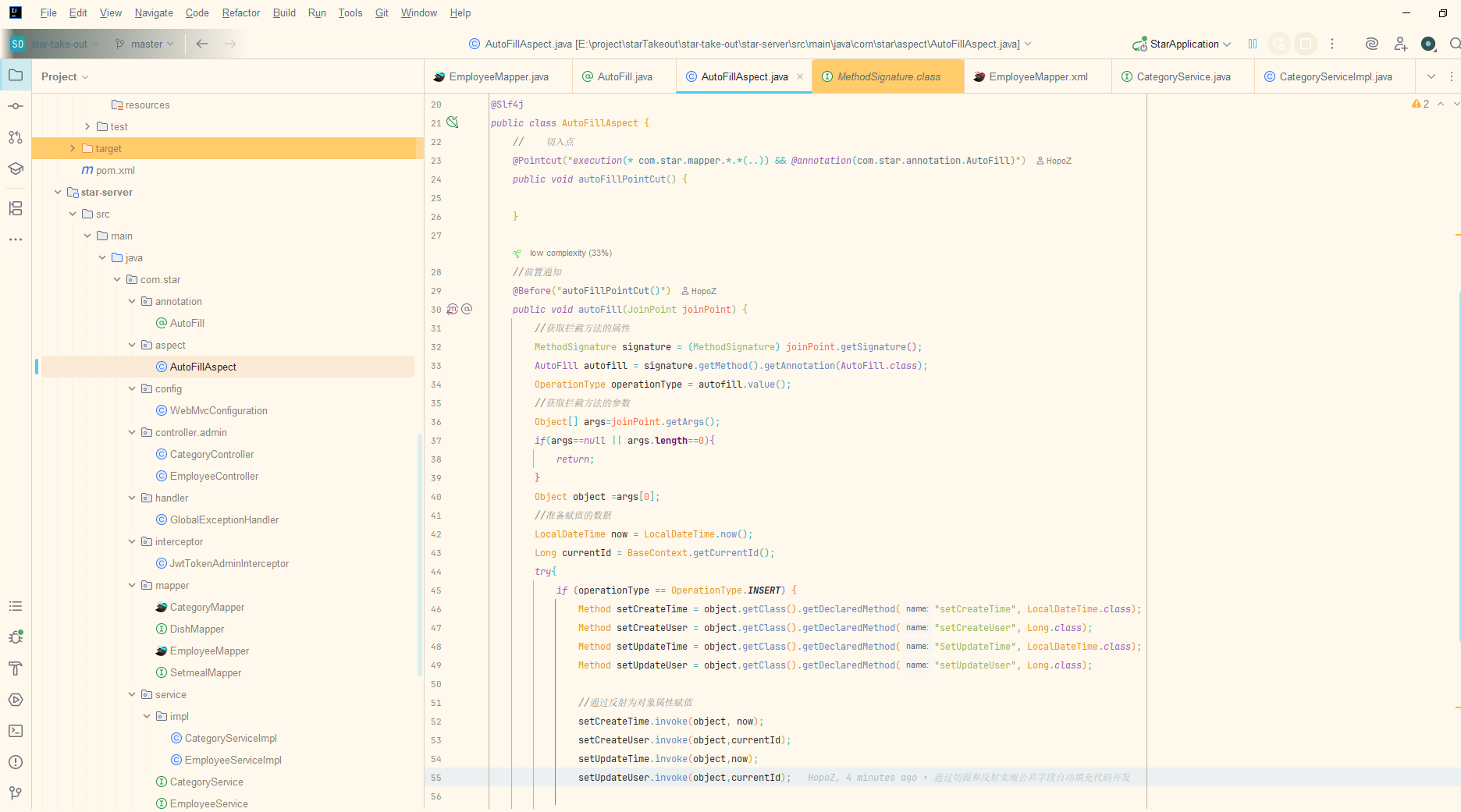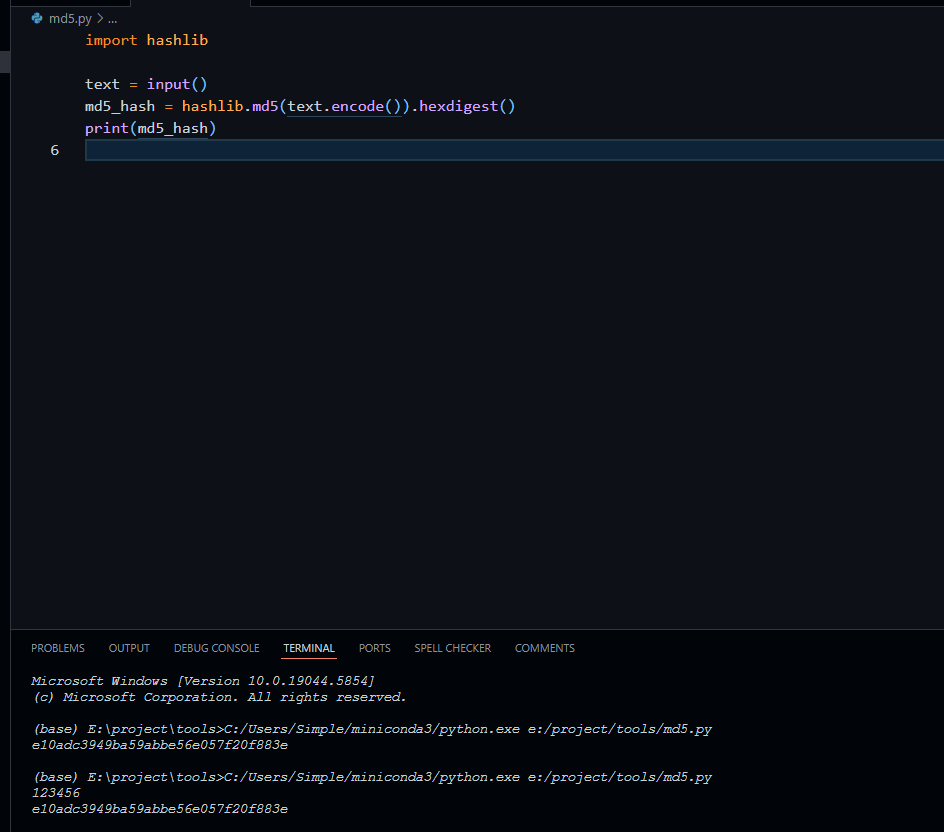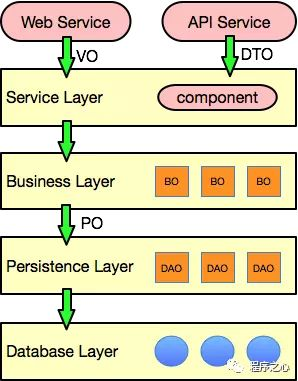
- MD5生成
- string_view
- Spring中
- idea数据库连接
- ThreadLocal
- 友元函数
- 右值引用
- 线程间传递数据
- python中类继承语法
- 生成器(Generator)
- 装饰器(Decorator)
- 协程(Coroutine)
- asyncio.sleep() 和普通的 time.sleep()辨别
- pyhon单例
- java切面,反射
- 文件上传
MD5生成
string_view
std::string喜欢在堆上分配内存,显然这对性能提升是灾难的表现。所以可以使用string_view来解决这个问题
Spring中
POJO (Plain Old Java Object)最简单的对象,只包含私有属性和getter/setter方法
DTO (Data Transfer Object)传输用的物件,包装的PO
PO (persistent object)数据库table对应的java物件
DAO (data access object)逻辑物件,提取SQL并包装为PO
VO (View Object)视图对象,通常是POJO的子类,包含额外的属性和方法
idea数据库连接
idea中连接数据库要指定到具体数据库,要不然idea无法识别要依据哪个数据库做智能提示
ThreadLocal
Java中ThreadLocal可以用于在方法间传递变量
友元函数
这个功能是提供类以外的函数访问类的私有成员。友元函数可以访问类的私有和保护成员,而不需要通过公共接口。
1 |
|
右值引用
右值引用(rvalue reference) 是一种允许你绑定到 临时对象(右值) 的引用类型,它是现代 C++ 中实现 移动语义(move semantics) 和 完美转发(perfect forwarding) 的关键技术。
语法:T&&
| 类型 | 描述 |
|---|---|
| 左值 | 变量、表达式 |
| 右值 | 临时值、字面量 |
线程间传递数据
1 |
|
python中类继承语法
1 | class Animal: |
生成器(Generator)
yield关键字,相当于变种return.
生成器是简化写迭代器的工具,不需要定义 __iter__() 和 __next__() 方法。
1 | def count_up_to(n): |
装饰器(Decorator)
@decorator关键字
1 | def decorator(func): |
协程(Coroutine)
Python 中的协程本质是特殊的生成器,它们可以暂停执行并保存状态,然后再恢复继续执行。
asyncio.sleep() 和普通的 time.sleep()辨别
普通的 time.sleep(seconds)阻塞调用:调用时,整个线程都会暂停,啥也做不了。
异步的 asyncio.sleep(seconds)非阻塞调用:await asyncio.sleep(1) 表示协程挂起,事件循环去执行别的任务。
pyhon单例
一个简单的单例
1 | class Singleton: |
python类调用本质是调用 new 和 init
这句s1 = Singleton()
Python 实际执行了这两步:
调用 Singleton.__new__(Singleton) 创建实例
调用 Singleton.__init__(s1) 初始化实例(如果定义了 __init__)
这里这句就相当于s1 = Singleton.__new__(Singleton)
java切面,反射
通过注解Annotation实现函数的选中,汇集成一个切面Aspect,在切面通过反射实现一些公共属性的自动填充


